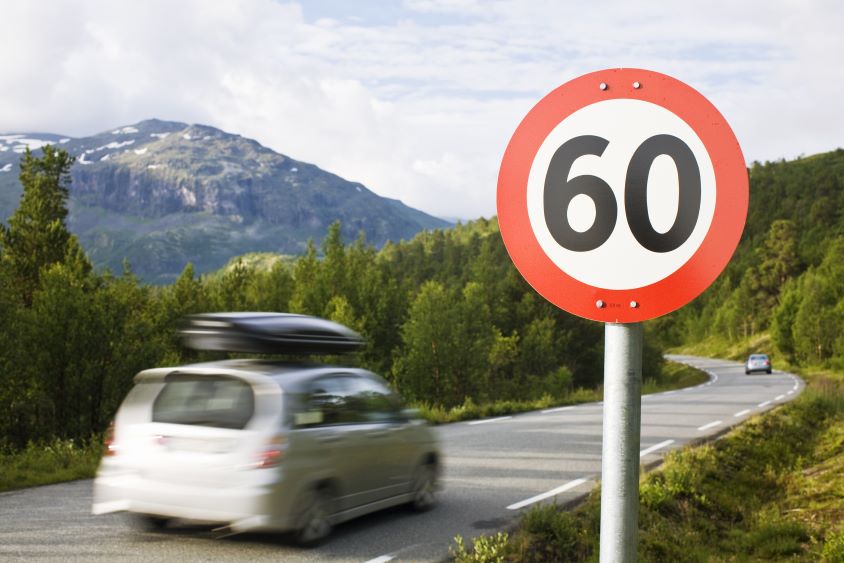The reality of speeding: is driving fast bad for your car?
Written by: Simon Pavey, Last updated:26th May 2023

Driving over the speed limit is a bad habit that many people – if they’re being completely honest – would admit to.
The primary reason that all motorists should stick to speed limits is to maintain safety on the roads. Driving too fast increases your risk of hitting other cars because of increased braking distance, and also raises the likelihood of collisions with pedestrians resulting in serious injury or death.
Aside from these indisputable reasons to keep to the speed limit, there is another powerful motivation: to maintain the health of your car.
Here are three ways driving too fast can result in damage to your vehicle:
1. Putting strain on the engine
Driving at a higher speed than you need to – or than you should be, according to the law – has the immediate effect of placing more strain on your engine than is necessary.
This can contribute to the general wear and tear of components in the engine and increase the likelihood of faults occurring, which can be dangerous as well as costly.
It’s particularly important to be cautious of driving too fast and overworking the engine shortly after you have started the car in cold weather. If the oil in the engine is cold, it will be less effective in doing its job of circulating around the components to provide lubrication, which raises the risk of damage.
You can help to protect the engine at these times by not revving it too hard or driving too fast.
2. Hitting potholes and speed bumps
Potholes can be a major hazard to cars, particularly during the winter months, when water seeps into cracks in the road, freezes and expands, creating larger holes.
Failing to spot a particularly nasty pothole and driving right through it can damage your tyres, suspension and other parts of your car, and the impact will be even more pronounced if you’re driving too fast. Keeping to a reasonable speed is always a wise and effective way to protect your vehicle.
The same goes for speed bumps, which are in place for a reason. Ignoring warning signs and hitting bumps while driving over the speed limit is likely to damage your car and can also cause you to lose control, increasing the risk of an accident.
3. Damaging the brakes
Driving over the speed limit means your reaction time will be reduced, which is likely to lead to late and sudden braking. This places a lot of strain on the braking system, wearing out your pads and discs, which will have to be replaced to keep the vehicle in a roadworthy condition.
The worst-case scenario that can result from driving too fast is that you simply don’t brake in time and collide with another car, a stationary object or a pedestrian. Sticking to the speed limit and giving yourself plenty of time to spot hazards is the best way to avoid these events.
So, is speeding bad for your car?
The overall conclusion is that driving at excessive speeds runs the risk of causing damage to your car and to others. From excessive wear and tear to your engine, wheels and breaks, to the increased damage when you inevitably hit pot holes, your fleet vehicles will undoubtedly bear the brunt of driving at an unnecessarily high speed.
If you want to get your car regularly checked and serviced so it’s always safe on the roads, MyService.Expert from Fuel Card Services can help by providing pre-negotiated rates at thousands of garages across the UK.
back


